Getting it right for every child (GIRFEC) Practice Guidance 4 - Information sharing - Easy Read
This guide is for staff and services who work with children, young people and families. The guidance should help staff to understand more about sharing information and the importance of involving children, young people and families.
Getting it right for every child (GIRFEC) Guide for information sharing - Easy Read version
Introduction
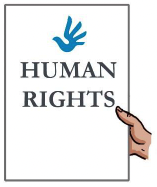
GIRFEC (Getting it right for every child) is based on the United Nations Convention on the Rights of the Child (UNCRC). This is a global agreement to protect children.
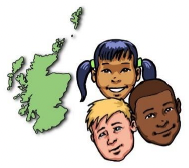
It gives Scotland a plan to support and protect the wellbeing of children and young people. A Child/young person is an individual who is not yet 18 years old.
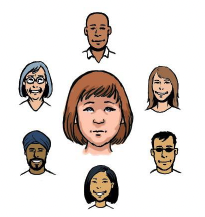
This guide is for workers and services who work with children, young people and families. The guidance should help workers to understand more about sharing information.
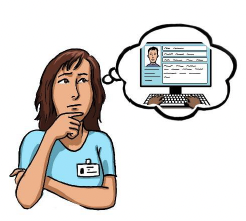
This guide is about personal information. It explains:
- when you can share information
- what needs to be thought about
- why it is important to involve children and families.
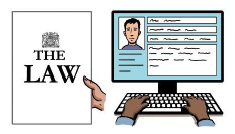
Data Protection laws make sure personal information is used in the correct way.

These laws do not stop information being shared if it prevents harm to children and young people. These laws make sure sharing can be fair and respects rights.
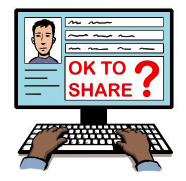
Organisations that handle personal information should have policies that make sure workers follow the rules. Workers should know when they should share information and get further advice.
Decision Making

This guide cannot cover all situations that people working with children, young people and families face. But most situations will need several decisions to be made. These are covered in the following sections.
What information do you hold and should it be shared?

Think about the information you are holding. Think about why you are holding it. Then think about what information you need to share to get the best outcome for the child, young person or family.

Next you need to be sure you can follow the information sharing principles. Early information sharing can protect a child or young person's wellbeing.

Wellbeing is how a child or young person is doing at a point in time and whether they need any support.
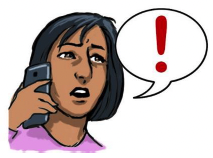
In an emergency situation you should go ahead and share necessary information right away. You should record the reasons you did this.
Can you share this personal information without consent?

Consent is when the child, young person or family agree to their information being shared.
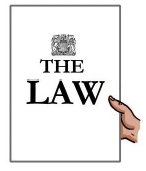
The law says you can share information without consent if you think this will protect a child or young person from harm.
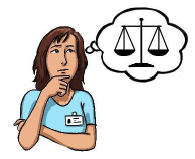
You will need to base your judgement on the facts of the case. You will need to be sure about your reasons for sharing the information.
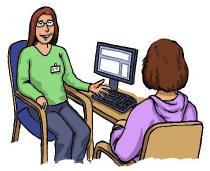
A person might not expect you to share their information. They should be told that you are doing this and why. You should keep a record of any information you share without consent.
Should the child, young person or family be asked for their views?
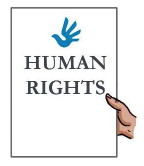
The child or young person should get the chance to say what they think about their information being shared. This is in line with their rights.
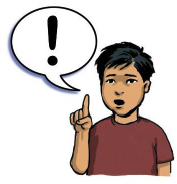
They should be listened to. Their views should be taken into account along with their age and maturity. Their views should not be asked for if this might cause them harm. This should be part of the decision making process.
Should the child, young person or family be informed?
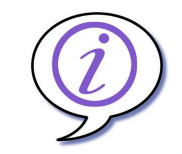
The law says that people have to be told how their personal information is collected. The child, young person and family should be told what information you have about them. You must also tell them who you are sharing it with and why.
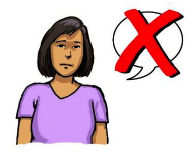
There are times when you might not have to tell a child, young person or family that you are going to share information. For example, in cases where telling them might put them at more risk of abuse or neglect.
Rights of the child
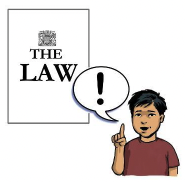
GIRFEC is based on the UN Convention on the Rights of the Child (UNCRC). It says that children have the right to speak about matters that affect them and their views should be listened to.
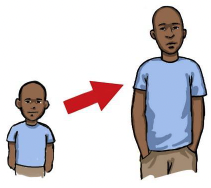
As children grow older they develop the ability to make more decisions for themselves. This takes time and some children can make decisions sooner than others. It depends on the individual and how complicated the decisions are.

Non-verbal forms of communication can be used to help very young children give their views. This can include play, body language, facial expressions, and drawing and painting.
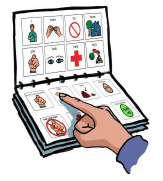
Children and young people with additional support needs have more rights to make sure they are involved in making decisions.
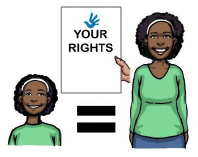
In Scotland, children and young people over 12 have the same rights as adults over their personal information.
Being clear about information sharing
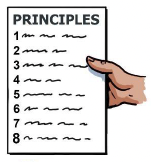
GIRFEC has key principles:
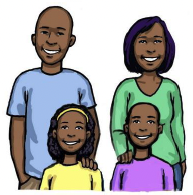
- The child and family are at the centre of all work and decisions that affect them

- Work together with families
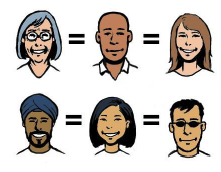
- Understand that wellbeing is about all areas of life including family
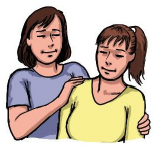
- Value difference and treat everyone fairly
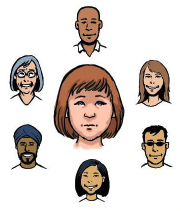
- Tackle inequality
- Give support to children, young people and families when they need it
- Everyone works together locally and across Scotland to make things better for children, young people and families
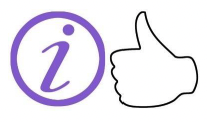
In line with GIRFEC principles, organisations who work with children, young people and families should be clear about sharing information.

This is usually in a Privacy Notice. This is provided when the organisation collects personal information. This should be clear and easy to understand. Privacy information can also be given face-to-face or by other means.
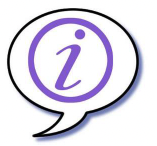
If you get information from another source about a child, young person or their family, you must tell them about this. You must tell them what has been shared and why.

You need to tell them within a month. If you use the information to contact the child, young person or family you should tell them when you first contact them.
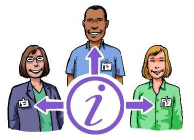
If you think you will have to share the information with someone else, you will have to tell the family when you share the information.
Professional Judgement
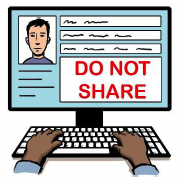
Workers need to use their judgement about the needs of every situation. They have to decide when they need to share information and what to share.
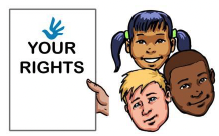
You should consider the rights of the child in every case. Your record of decisions should show how data protection compliance has been considered.
Getting advice
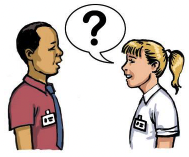
You should get the right advice if you have doubts about sharing information. If possible, get advice without giving away any information that could identify the people involved in the case.

You should record who you got advice from and what the advice was. You should record if information was shared at that time.

All organisations should have good policies about this. It might help to join a network that can give support, advice and training.
Lawful basis for sharing information
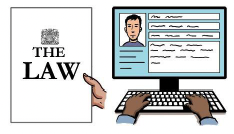
Every time you gather or share someone's personal information, you must have a lawful reason for doing it.
This is called lawful basis. There are six lawful reasons. These are listed on the following pages:
Reason 1 - Public interest or public task
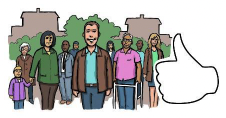
Public interest or public task means something is needed for the good of the public or is a public service.
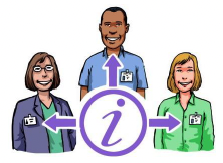
This is usually the main reason that public bodies like health, education and social work services share information. Independent and voluntary organisations might also use this reason if they are providing a service for public bodies.
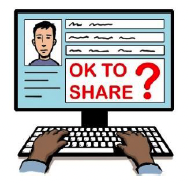
Workers should take into account:
- how sensitive the information is
- the reason for sharing
- whether there is a way to help the person that affects their privacy less
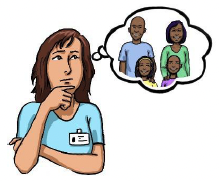
You might also have to share information about other family members. You should think about their rights and the reasons for sharing their information.
Reason 2 - Vital interests
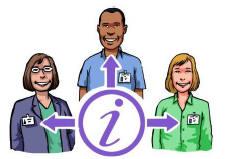
This means that sharing information is needed to protect someone's life. You cannot use this reason if the child or young person is able to give consent, even if they refuse to give consent.
Reason 3 - Legal obligation
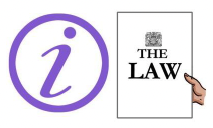
This means that the law says you have to share information.
Reason 4 - Consent
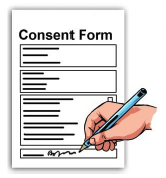
This means the person you are working with has agreed clearly for their information to be shared.

The person must understand fully what they are agreeing to. They must be given clear information to help them make the decision.
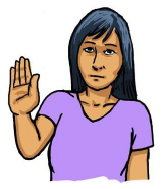
The person must have been able to disagree without worrying about how it would affect them.
Reason 5 – Legitimate interests

This means the interests of a business. This is not likely to be useful in situations covered by this guidance.
Reason 6 - Contract

This means the person has made a contract to share information. This is not likely to be useful in these situations.
Recording decisions and reasons
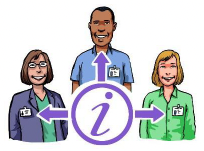
If you need to share information with another organisation, you should record the decision and the reasons.

The following should be recorded:
- what information you shared, and who with
- your reasons
- any views about this
- if the person has not been told about their information being shared and the reasons for this
- why you think it is right to share the information
- the lawful reasons for sharing the information
- if the decision is made not to share the information, record the reasons for this.
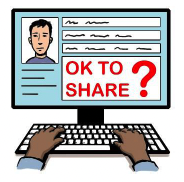
Information sharing for Child Protection

Where there is a concern about child protection, information should be shared with Police or Social Work as soon as possible.
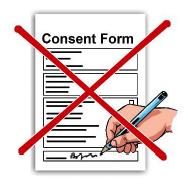
If there is a child protection concern, information can be shared without consent.
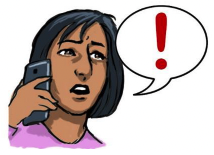
In an emergency situation, you should share information right away. You should record the reasons you shared information as soon as possible afterwards.
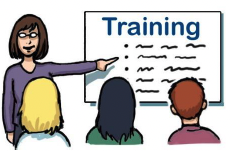
Organisations should train their workers on information sharing in emergencies. They should also do Data Protection Impact Assessments to cover these emergencies.
Confidentiality
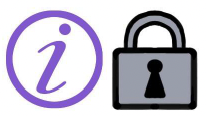
The law says that if someone trusts workers with personal information they should expect it to stay private. Workers should not share the information unless there is a good reason.
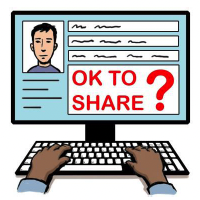
Before you share information that might be private, you should think about the following:

- Is the information private?
- Does the person who gave you the information expect you to keep it private?
- Is there an important reason for the information to be shared?
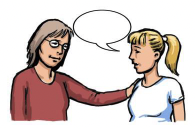
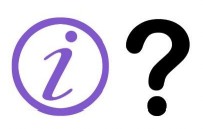
If the person who gave you the information has not given consent, you must only share the information if it is right to do so. This would be if sharing the information will protect a child or young person from harm.
Human Rights
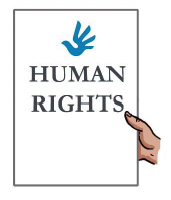
Human Rights give everyone the right to respect for their private and family life. Sharing personal information might go against this right. This should only happen when it can be done lawfully and is done for a good reason.
Before sharing private information, you need to think about the following:
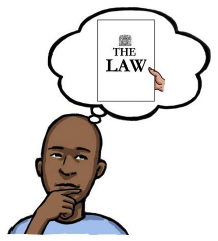
- Could sharing the information protect the wellbeing of the child or young person?
- Can workers share the information in a way that meets with data protection laws?
- Have you followed other laws about confidentiality?
Sharing information for assessment and planning
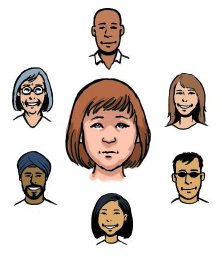
Local councils and health boards have a duty to protect the welfare of people who live in their area. Sometimes more than one organisation has to work together to give support to a child or young person.
This will mean the different organisations have to share information.
Chronologies

Chronologies are timelines that record the important events in a child or young person's life. They can be put together by one or more organisations to help them understand how to support the child, young person or family.
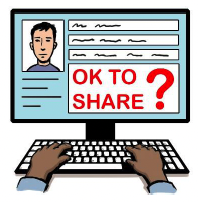
Before you share information in a timeline, you should think about it in the same way as you would any other private information. Do you need to share the information for the good of the child or young person? If so, what information should be shared?
Further Information

You can find out more about information sharing on the website of the Information Commissioner's Office (ICO): https://ico.org.uk
Please note that the information linked to is not in Easy Read format.
Contact
Email: GIRFEC@gov.scot
There is a problem
Thanks for your feedback